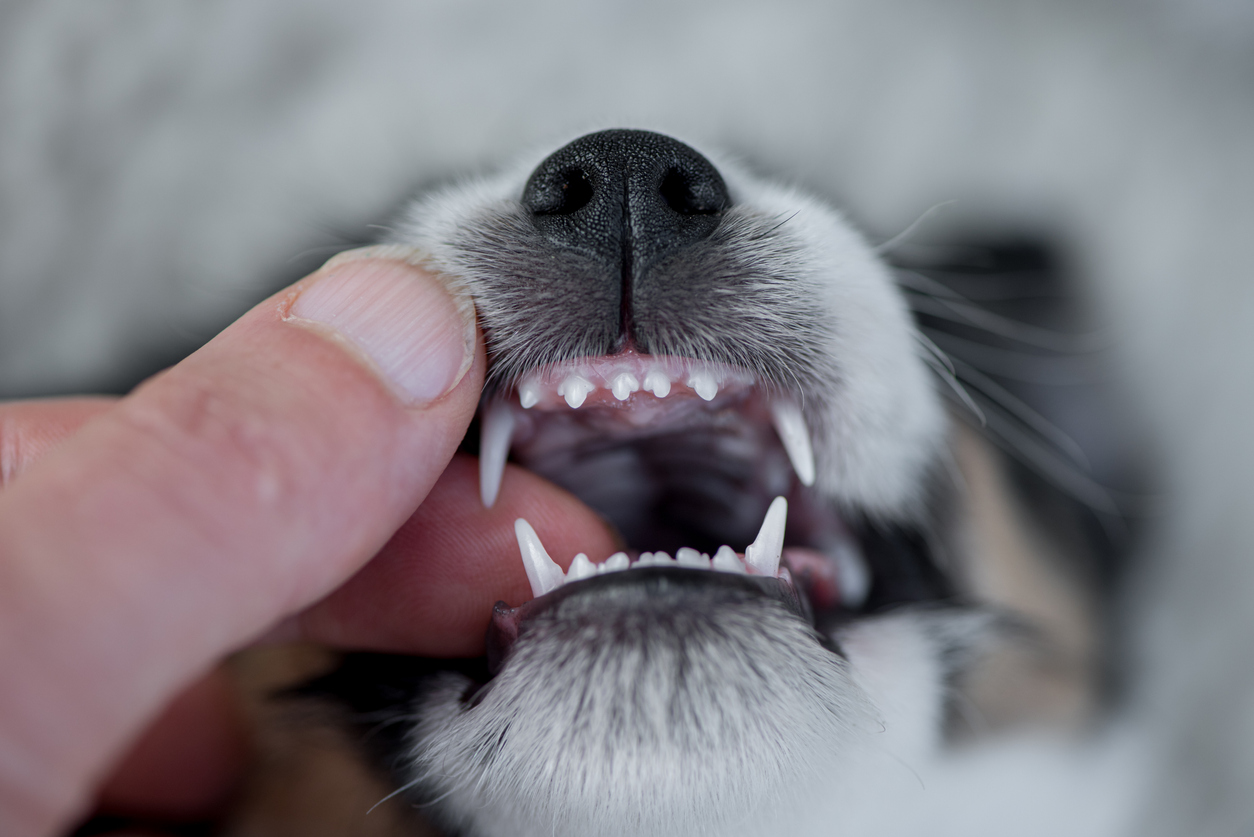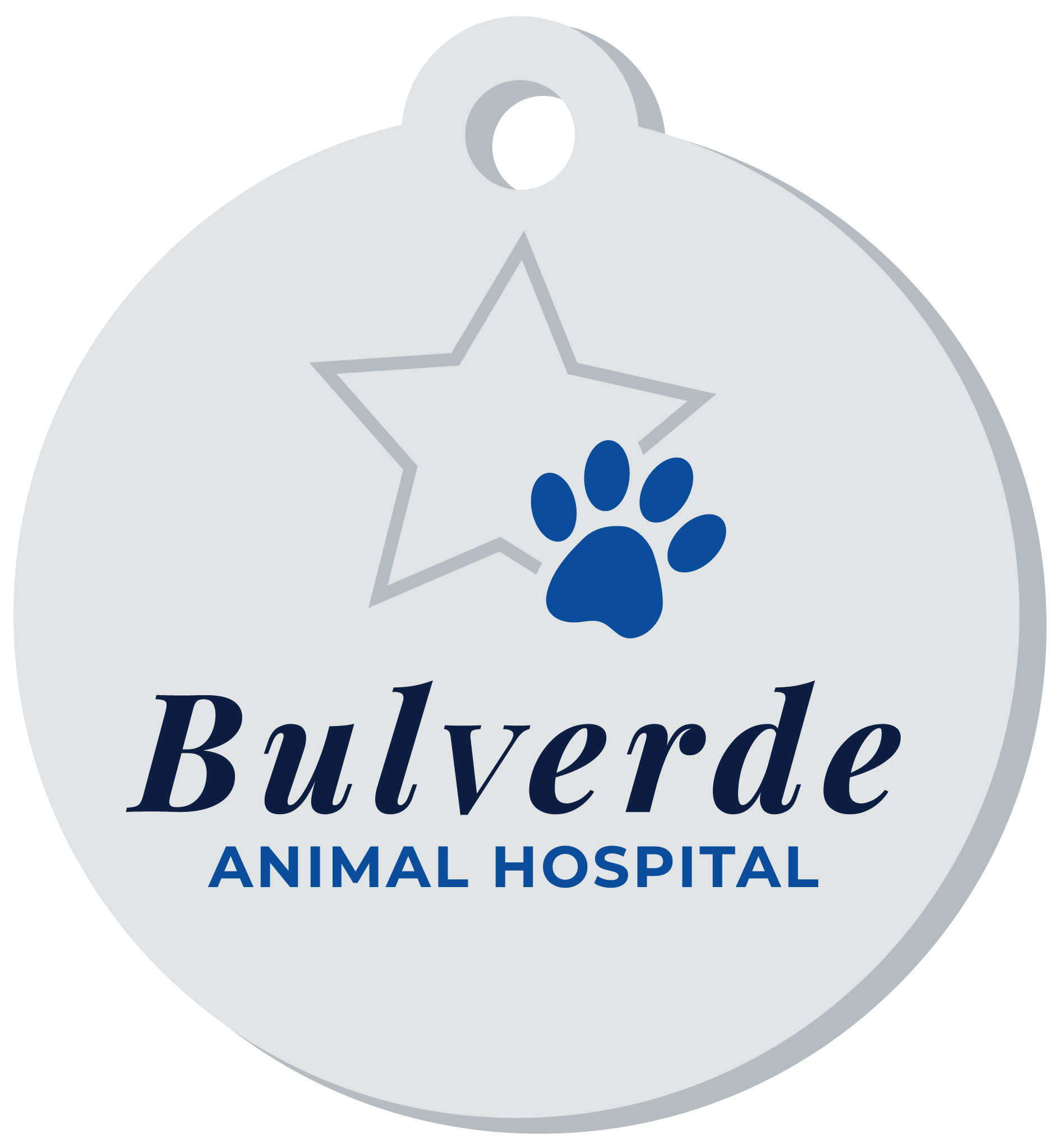Here’s Why Your Dog’s Gums Are Pale?

Here’s Why Your Dog’s Gums Are Pale
Dogs are undoubtedly people’s best friends. Although dogs are loyal, loving, and affectionate animals that we find irresistible, it takes a great deal of effort and attention to keep them healthy and happy. One of the things that dog owners should look out for is the color of their dog’s gums. Pale gums indicate that there is a lack of oxygenated blood flow to the tissues, and this can be a result of a variety of issues ranging from anemia to heart disease. The purpose of this article is to explain the reasons behind your dog’s pale gums and suggest ways to assist them.
Before we dive into the causes of pale gums in dogs, let’s first understand what healthy gums look like. The ideal color and texture of healthy dog gums are pink and smooth, respectively, and they should feel moist rather than dry or sticky.
How to Examine Your Dog’s Gums
Approach your dog calmly and gently. If your dog is nervous or aggressive, it may be best to have someone else help you.
- Expose your dog’s gums by lifting its upper lip. You can use your thumb and forefinger to gently lift the lip or a towel or piece of gauze to hold it up.
- Look at the color of the gums. The color of healthy gums should be pink, and not any other color such as white, yellow, blue, or others. Moreover, healthy gums should have a moist texture and not feel dry or sticky.
- Press gently on the gums with your finger. The gums should briefly turn white and then quickly return to their normal pink color within 2-3 seconds. If the gums don’t return to their normal color within a reasonable time frame, or if they continue to appear pale or discolored, it may indicate a health issue and it is advisable to seek advice from a veterinarian.
- Repeat the process on the lower gums.
- Make sure to give your dog treats and snacks for participating in the gum inspection.
Causes of Pale Gums on Dogs
There are few different conditions that could cause your dog’s gums to be pale.
Anemia
Anemia is one of the most common causes of pale gums in dogs. When there is a reduction in the number of red blood cells, which transport oxygen to the body’s tissues, anemia develops. This can happen due to several reasons, including blood loss, an underlying disease, or a poor diet. If you observe signs of lethargy, weakness, loss of appetite, and pale gums in your dog, it’s crucial to take them to the vet. These symptoms are commonly associated with anemia in dogs.
Blood Loss
Pale gums in dogs can also result from blood loss caused by factors such as trauma, injury, or surgery. It is important to remember that blood loss does not always occur externally; internal bleeding can also lead to pale gums. Seek veterinary attention immediately if you observe any indications of bleeding or trauma, as delaying treatment can result in severe complications.
Dehydration
Dehydration is another reason why your dog’s gums may be pale. When your dog is dehydrated, the blood volume decreases, leading to pale gums. There are various causes that can lead to dehydration, such as heatstroke, diarrhea, vomiting, or kidney disease. To prevent dehydration, make sure that your dog has access to clean water at all times. If your dog displays any indications of dehydration, such as lethargy, dry mouth, or sunken eyes, it is imperative to take them to the veterinarian immediately. Furthermore, taking your dog to the vet right away is recommended.
Infections
Infections can also lead to pale gums in dogs. Infections can occur in the mouth, gums, or other parts of the body. Serious health problems can arise if infections are not treated and allowed to spread throughout the body. Signs of infection include lethargy, fever, and loss of appetite. If you suspect that your dog has an infection, take it to the vet immediately.
Liver Disease
Liver disease can also lead to pale gums in dogs. The liver plays a crucial role in producing and processing red blood cells. When the liver is not functioning correctly, it can lead to a decrease in the number of red blood cells and pale gums. Other symptoms of liver disease include vomiting, diarrhea, and yellowing of the skin and eyes. If you notice any of these symptoms, take your dog to the vet for a full evaluation.
Heart Disease
Heart disease is another common cause of pale gums in dogs. When the heart is not functioning correctly, it can lead to a decrease in the oxygen supply to the body’s tissues, including the gums. Other symptoms of heart disease include coughing, difficulty breathing, and lethargy. If you suspect that your dog has heart disease, take them to the vet for an evaluation.
Shock
It is a medical emergency that can occur due to blood loss, dehydration, or an allergic reaction. Pale gums are a common sign of shock, which requires immediate medical attention.
Hypothermia
Hypothermia occurs when your dog’s body temperature drops below normal levels. Pale gums are a common sign of hypothermia, which requires immediate warming.
Metal toxicity
There are various reasons why poisoning may happen, one of which is the consumption of poisonous substances like rat poison or household chemicals. Pale gums are a common sign of poisoning and require immediate medical attention.
Bloat, or gastric dilatation-volvulus (GDV)
It can cause pale gums in dogs due to the reduced blood flow to the tissues. One of the most common and noticeable symptoms of bloat in dogs is pale gums, along with other indications such as restlessness, discomfort, abdominal distension, vomiting, and difficulty breathing. Bloat is a life-threatening condition that requires immediate veterinary attention. If left untreated, bloat can lead to tissue death, shock, and organ failure, which can be fatal for the dog.
What to Do if Your Dog’s Gums Are Pale
The first step is to take your dog to the veterinarian for a thorough examination. Your dog’s gums and capillary refill time will be checked during a physical examination performed by your veterinarian. In addition, blood tests may be conducted to assess liver function and identify anemia. If necessary, they may also perform other diagnostic tests such as X-rays or ultrasounds to determine the cause of the pale gums.
Upon diagnosing the reason behind your dog’s pale gums, your veterinarian will advise a treatment plan. For instance, if your dog is diagnosed with anemia, your veterinarian might suggest administering iron supplements or a blood transfusion. If your dog has liver disease, they may recommend a special diet and medications to support liver function. If your dog has gastrointestinal bleeding, they may recommend surgery or medication to stop the bleeding.
Prevention Methods for Pale Gums in Dogs
Below are some things you can do to help prevent pale gums in your dog.
Regular Vet Checkups
Regular visits to your veterinarian can aid in the early detection of underlying health conditions, which can prevent the occurrence of pale gums.
Brush Your Dog’s Teeth Regularly
Regular brushing can help remove plaque and bacteria from your dog’s teeth and gums and can promote healthy blood flow to the gums. Use a soft-bristled toothbrush and toothpaste specifically formulated for dogs.
Chew Toys and Treats
Selecting chew toys and treats that suit your dog’s size and chewing tendencies can aid in diminishing plaque and tartar accumulation on your dog’s teeth, leading to better gum health.
A Balanced Diet
A balanced diet can help prevent anemia, which is a common cause of pale gums in dogs. Make sure your dog’s diet includes all the necessary nutrients, including iron.
Preventing Accidents
Accidents can lead to internal bleeding, which can cause pale gums. Make sure your dog is supervised and kept in a safe environment to prevent accidents.
Poison Prevention
Keep household chemicals and toxic substances out of reach of your dog. If you suspect your dog has ingested something toxic, seek medical attention immediately.
Conclusion
Excessive licking in dogs can be a sign of underlying health issues, boredom, anxiety, or stress. Identifying the cause of your dog’s excessive licking is the first step in addressing the issue. Providing distractions, attention, and socialization, addressing allergies and pain, using taste deterrents, and training your dog can all be effective ways to stop excessive licking. If your dog continues to lick excessively despite your efforts, it’s important to consult with your veterinarian.
If you believe your dog may have Chagas Disease near Bulverde, TX, contact Bulverde Animal Hospital. Our veterinarians will investigate your dog’s symptoms and figure out if your dog has Chagas disease, and if they do, how to manage it. Give us a call today at (830) 438-7200, or request an appointment online.
Recent Posts
About Us
At Bulverde Animal Hospital, our ultimate goals are excellent service to clients, personal growth, and the professional development of our staff. We are a small clinic creating a significant impact on pets' lives.
